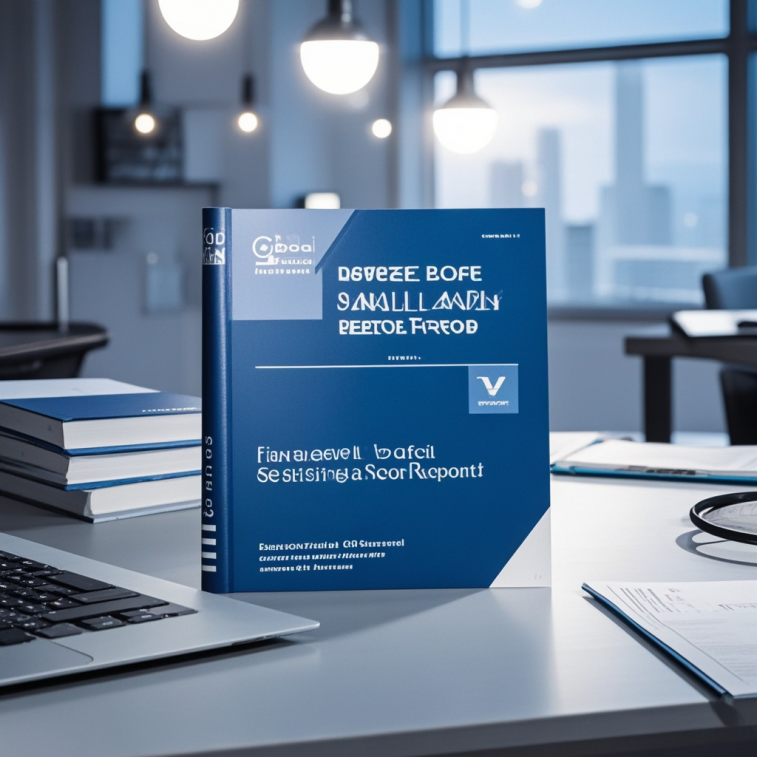Financial System Resilience Shines, Risks Remain Manageable
The Reserve Bank of New Zealand (RBNZ) delivered an upbeat message in its semi-annual Financial Stability Report: despite the current economic downturn, New Zealand’s financial system has demonstrated remarkable resilience, with risks remaining well-contained.
Against a backdrop of heightened global economic uncertainties, New Zealand has not been immune to the slowdown. However, the RBNZ’s report provided a much-needed confidence boost to markets. It underscored that the country’s financial system has maintained robust resilience amid economic headwinds, indicating that financial institutions can operate stably under various challenges without triggering large-scale systemic risks due to economic fluctuations.
Notably, debt servicing costs—a critical indicator—have peaked and begun to decline, marking a positive development. High debt servicing burdens can heighten default risks for businesses and households, potentially destabilizing the financial system. The recent easing of these costs suggests reduced financial strain on borrowers, thereby lowering credit risks for the financial sector.
Another encouraging trend is the steady decline in advertised mortgage rates over the past six months. Mortgage rate movements have far-reaching implications for both the housing market and the broader financial system. Lower rates reduce borrowing costs for homebuyers, potentially stimulating housing demand and supporting the real estate sector. Given the property market’s pivotal role in the economy, its stability is crucial for financial system health. For lenders, while lower rates may temporarily compress interest income, they could foster a healthier housing market in the long run, mitigating mortgage default risks and safeguarding asset quality.
The financial system’s manageable risk profile stems from multiple factors. On one hand, the RBNZ’s long-standing prudent monetary policy has fostered a stable monetary environment. On the other, stringent regulatory oversight—such as rigorous capital adequacy requirements—ensures that financial institutions operate within guardrails, effectively curbing risks. These measures provide sufficient capital buffers to absorb potential shocks.
Nevertheless, despite the system’s current resilience, New Zealand cannot afford complacency. With global economic conditions remaining volatile—due to trade tensions, geopolitical risks, and other uncertainties—the RBNZ and regulators must stay vigilant. Continuous monitoring and timely policy adjustments will be key to sustaining financial stability and underpinning the economy’s long-term health.
